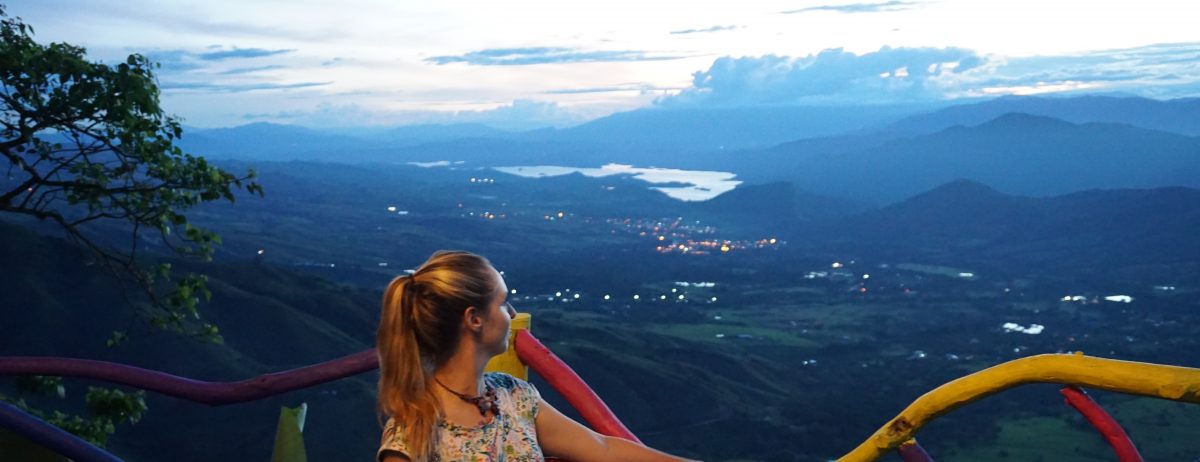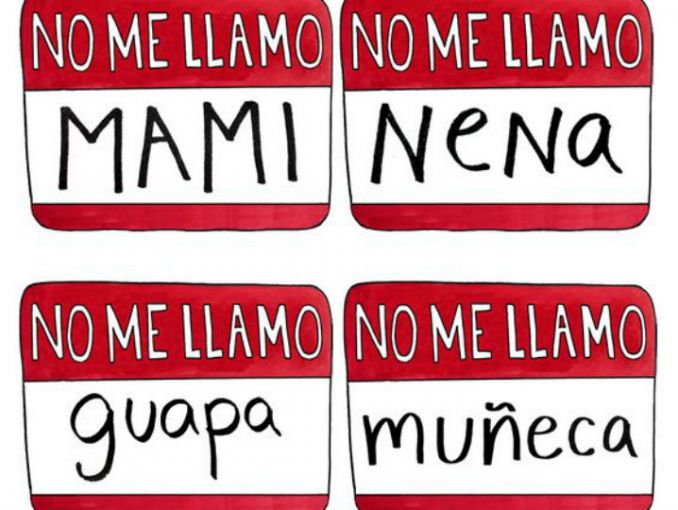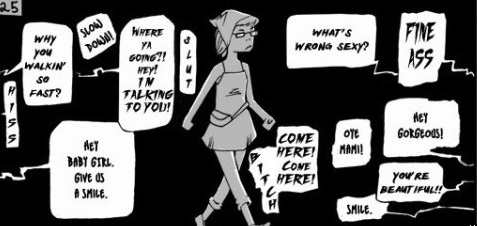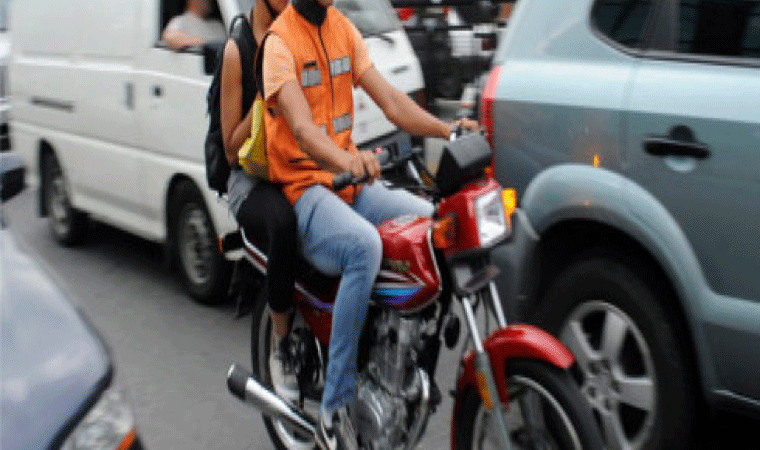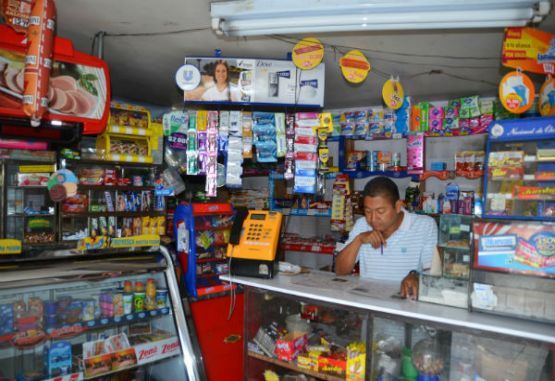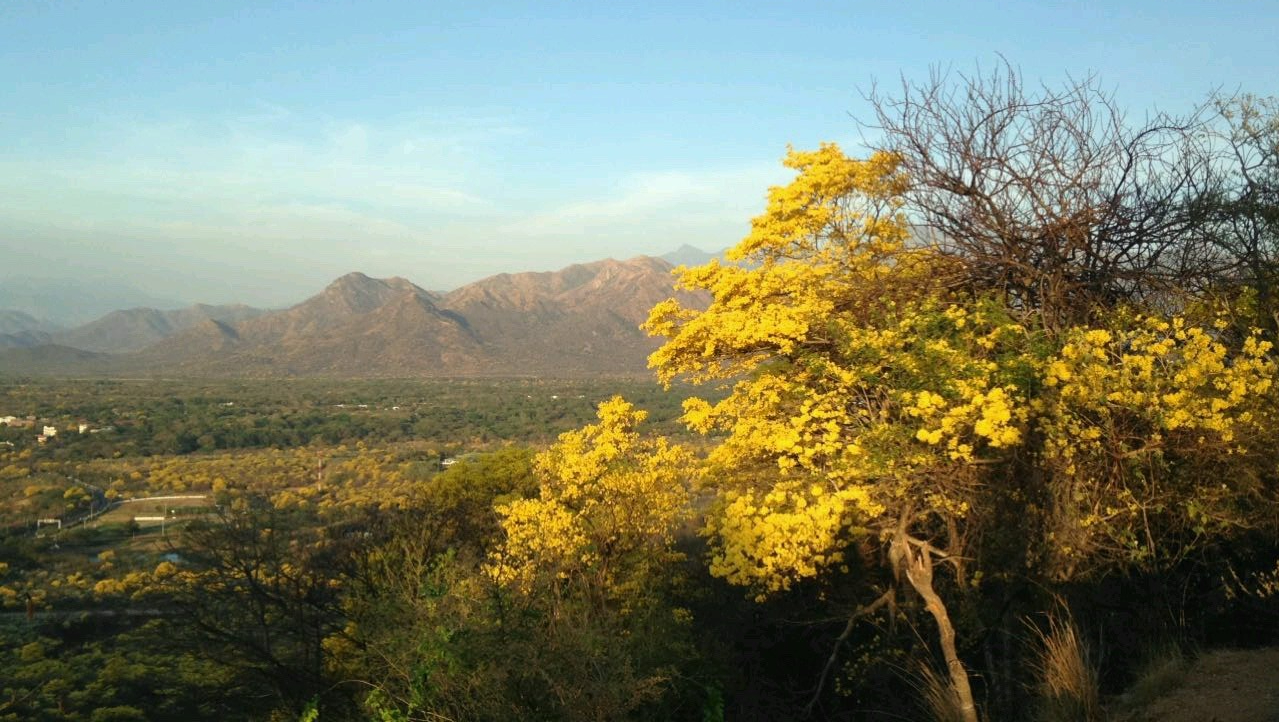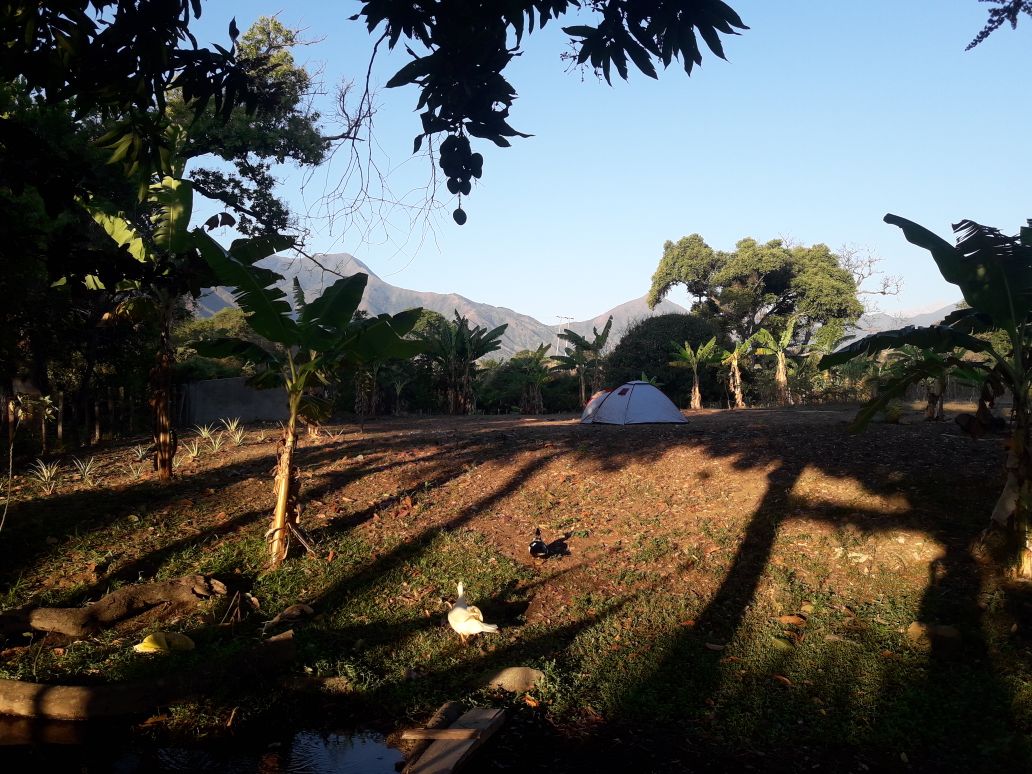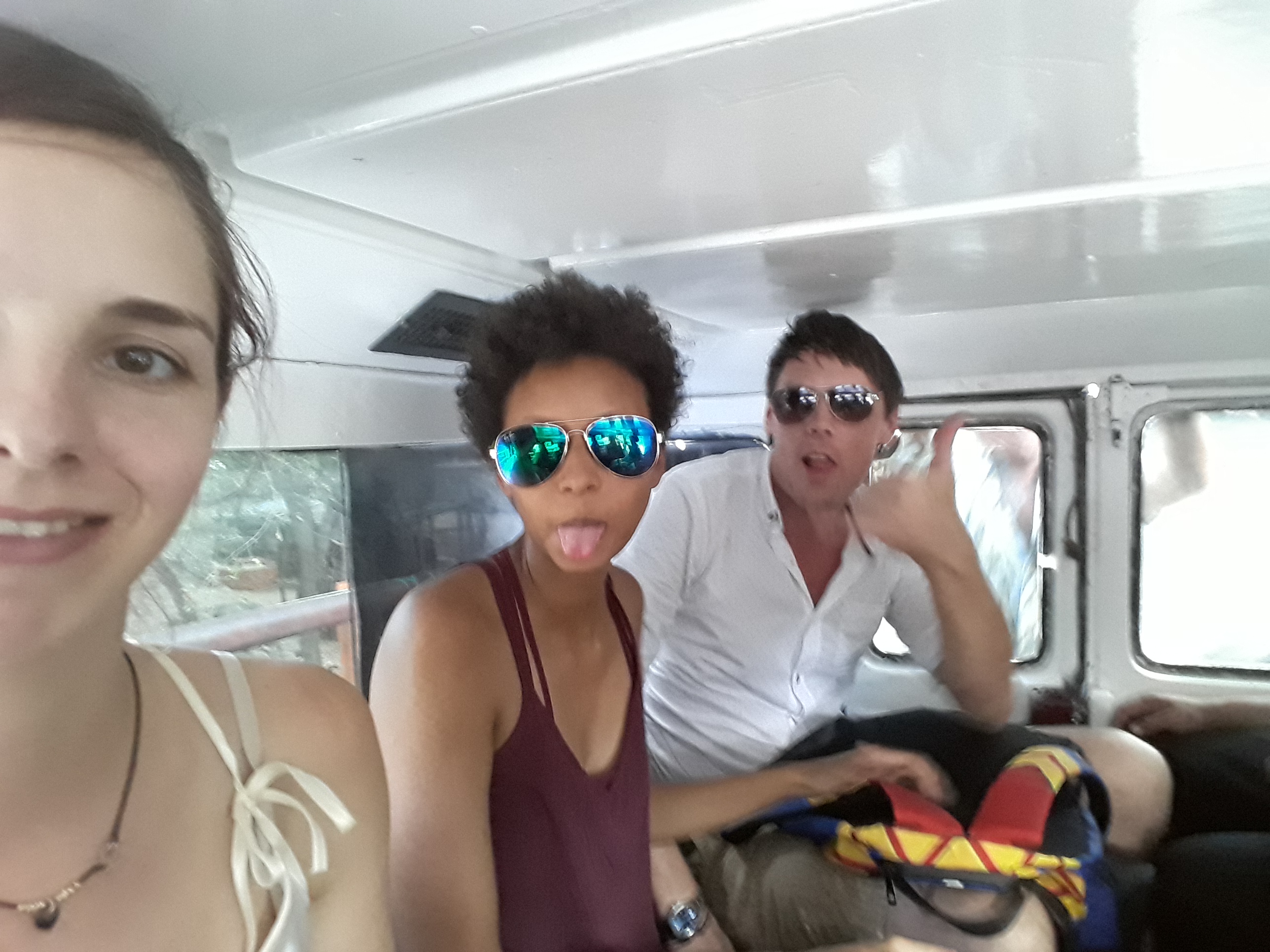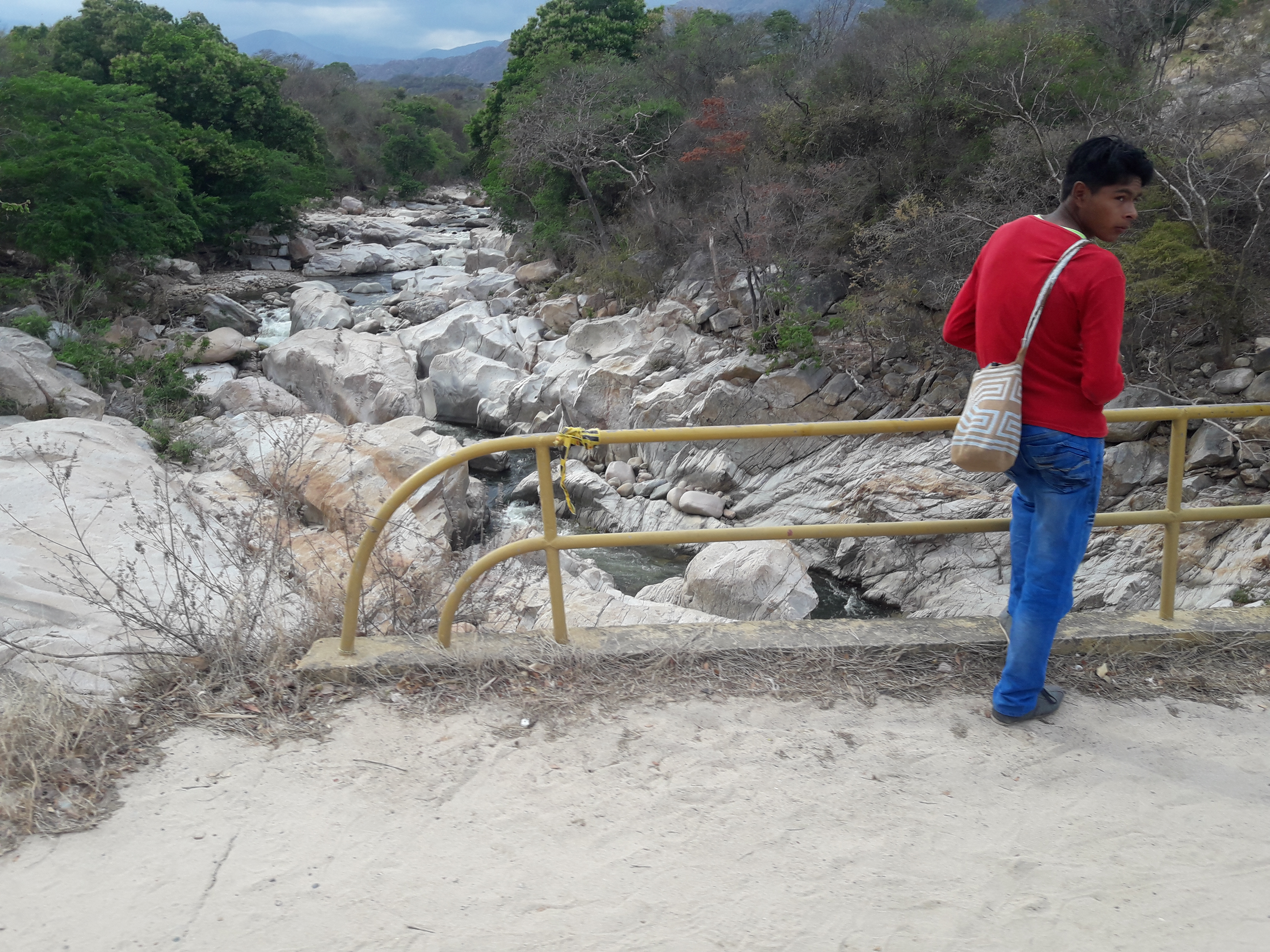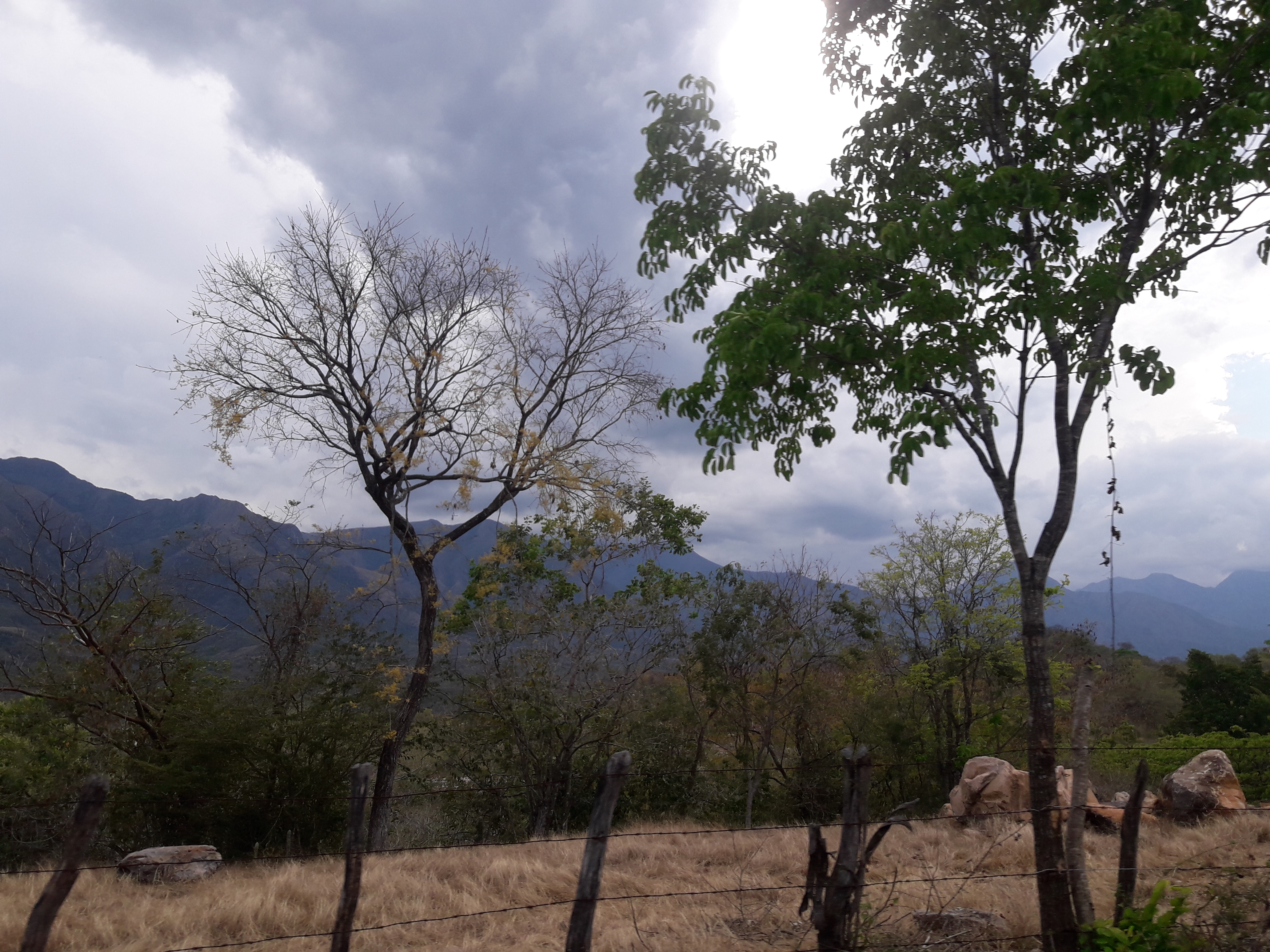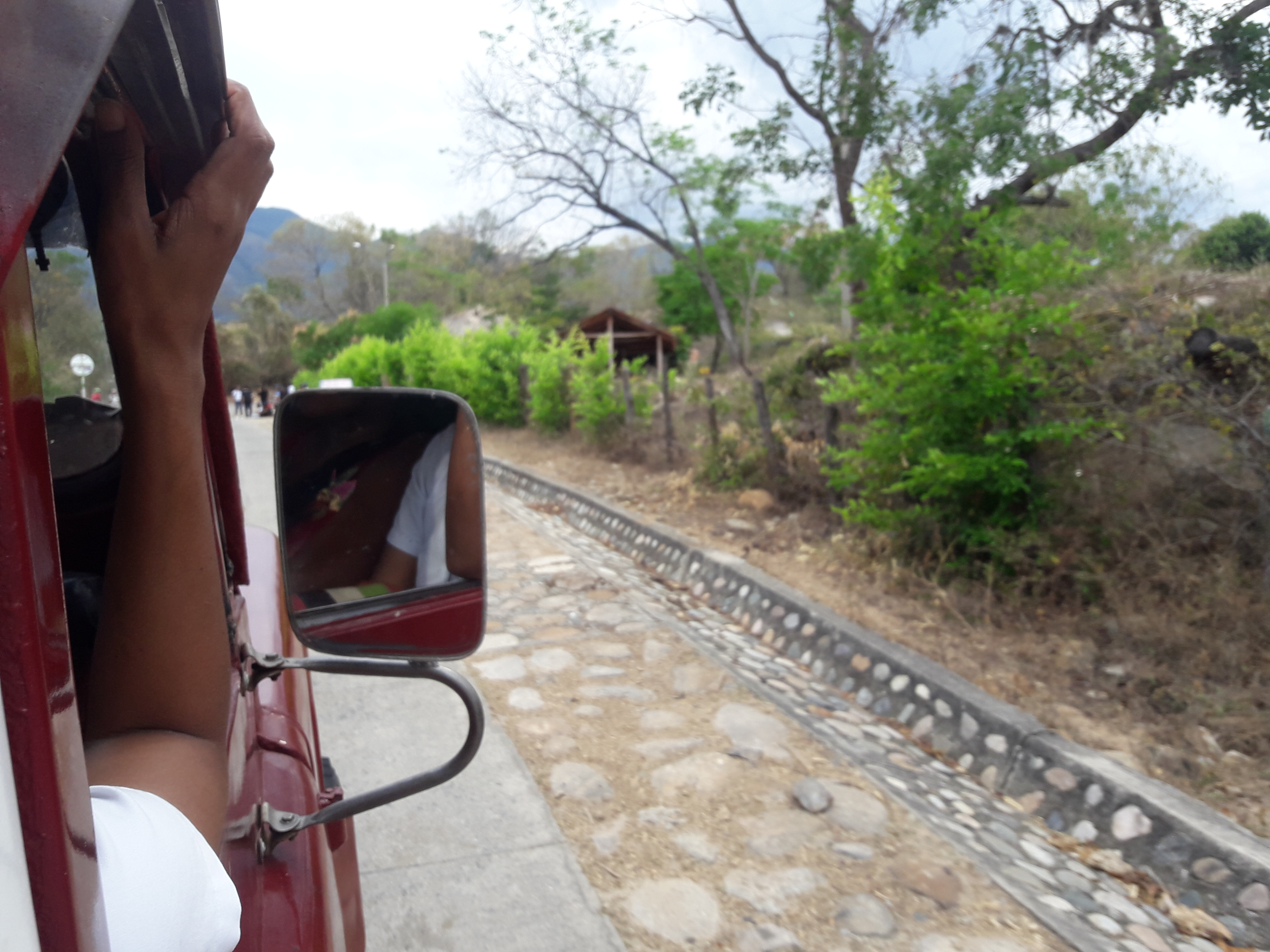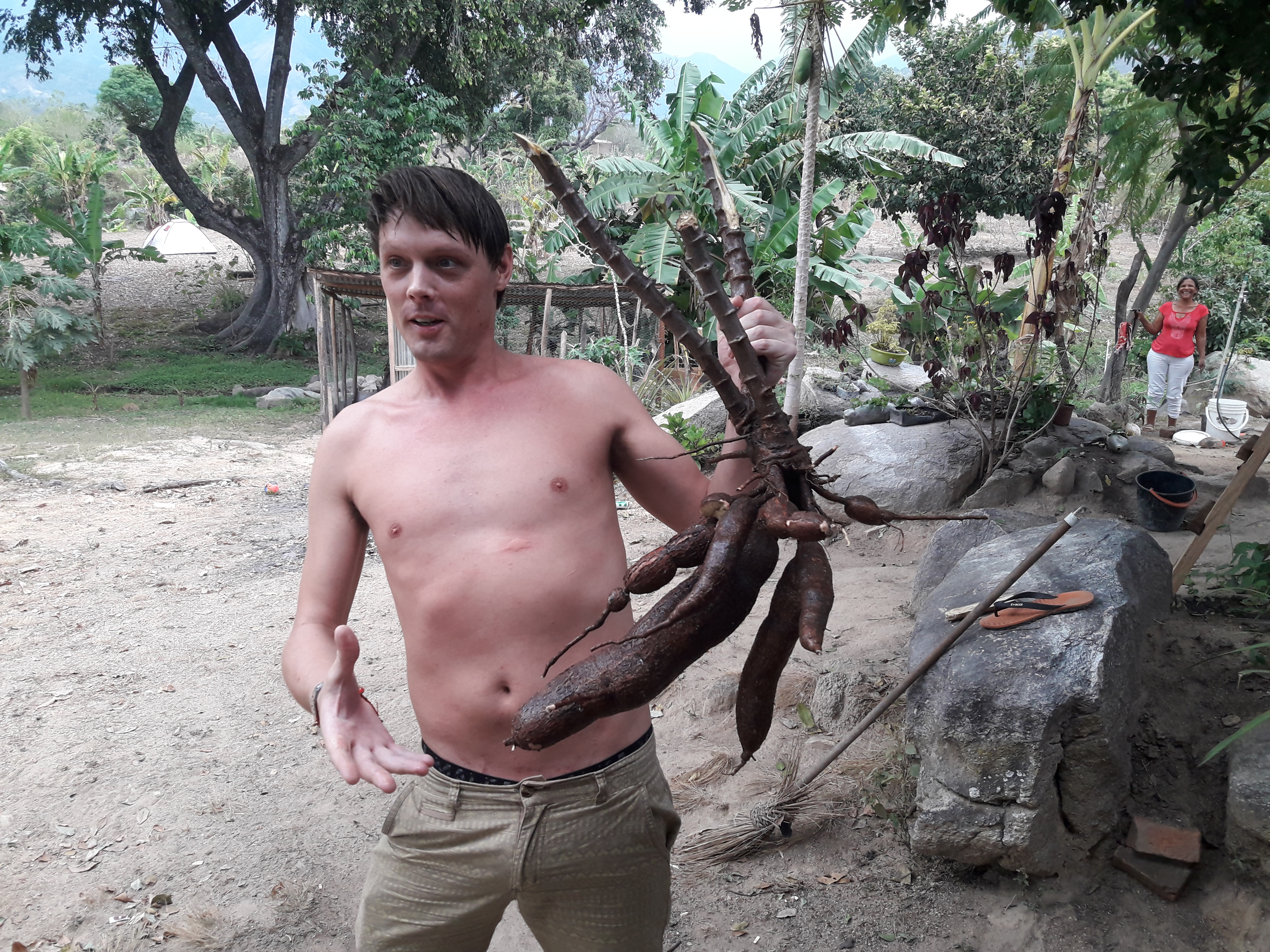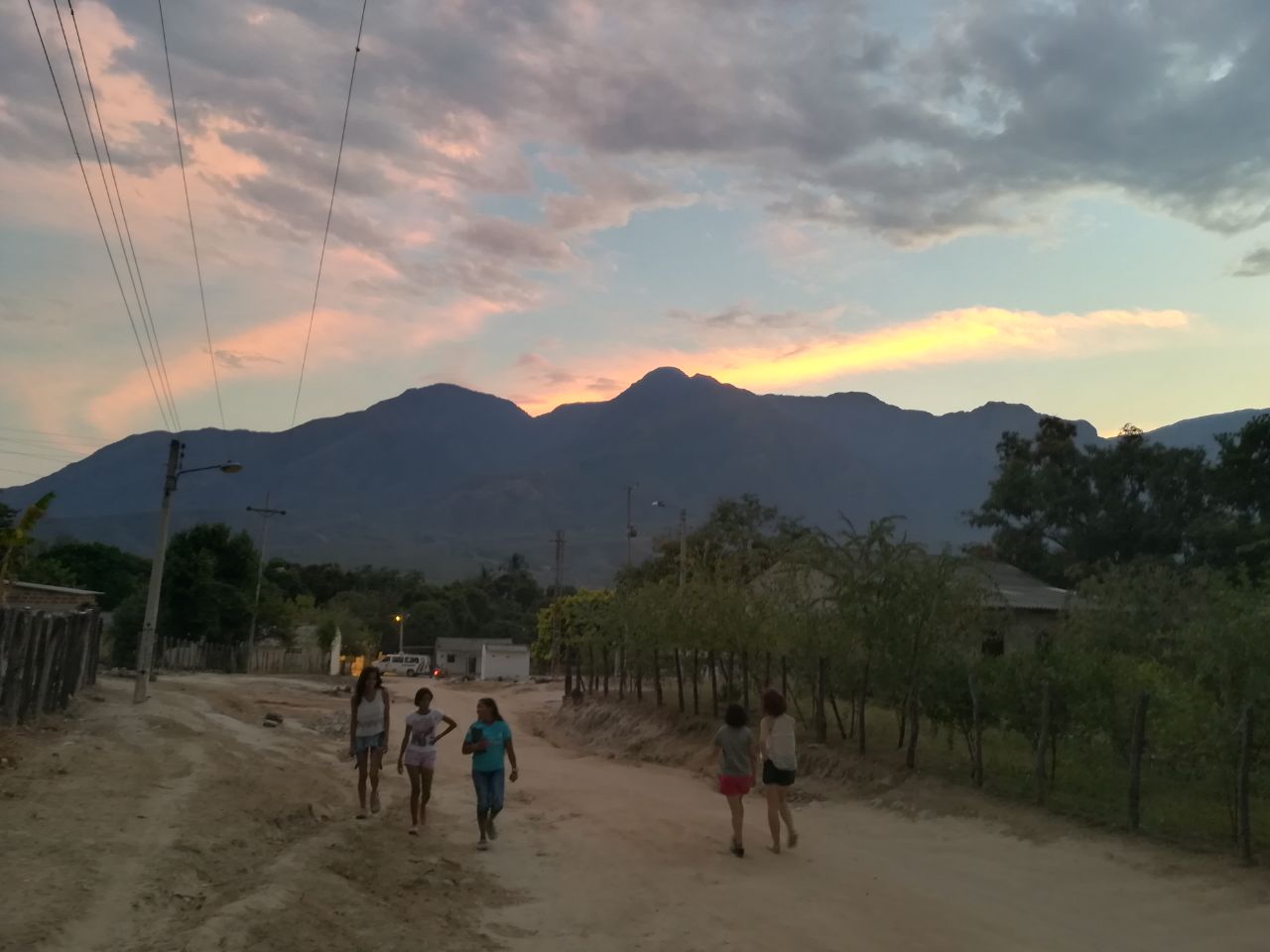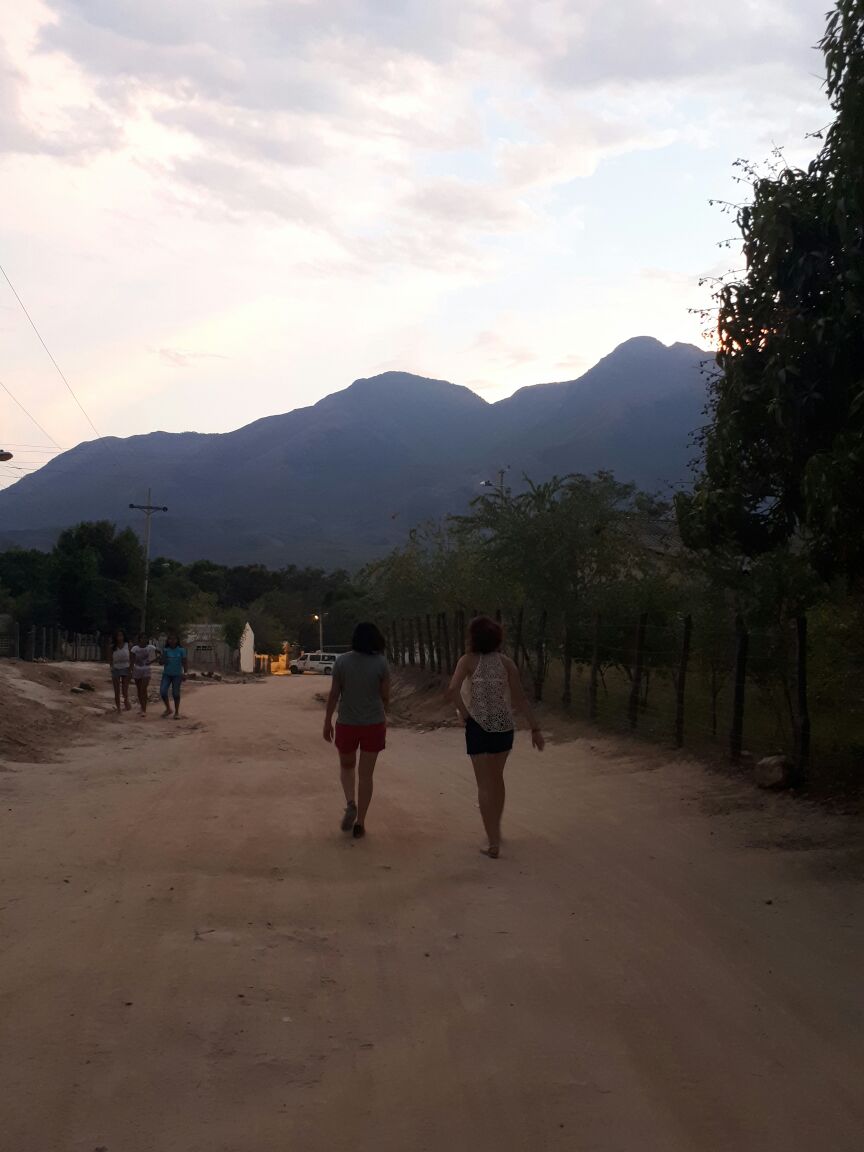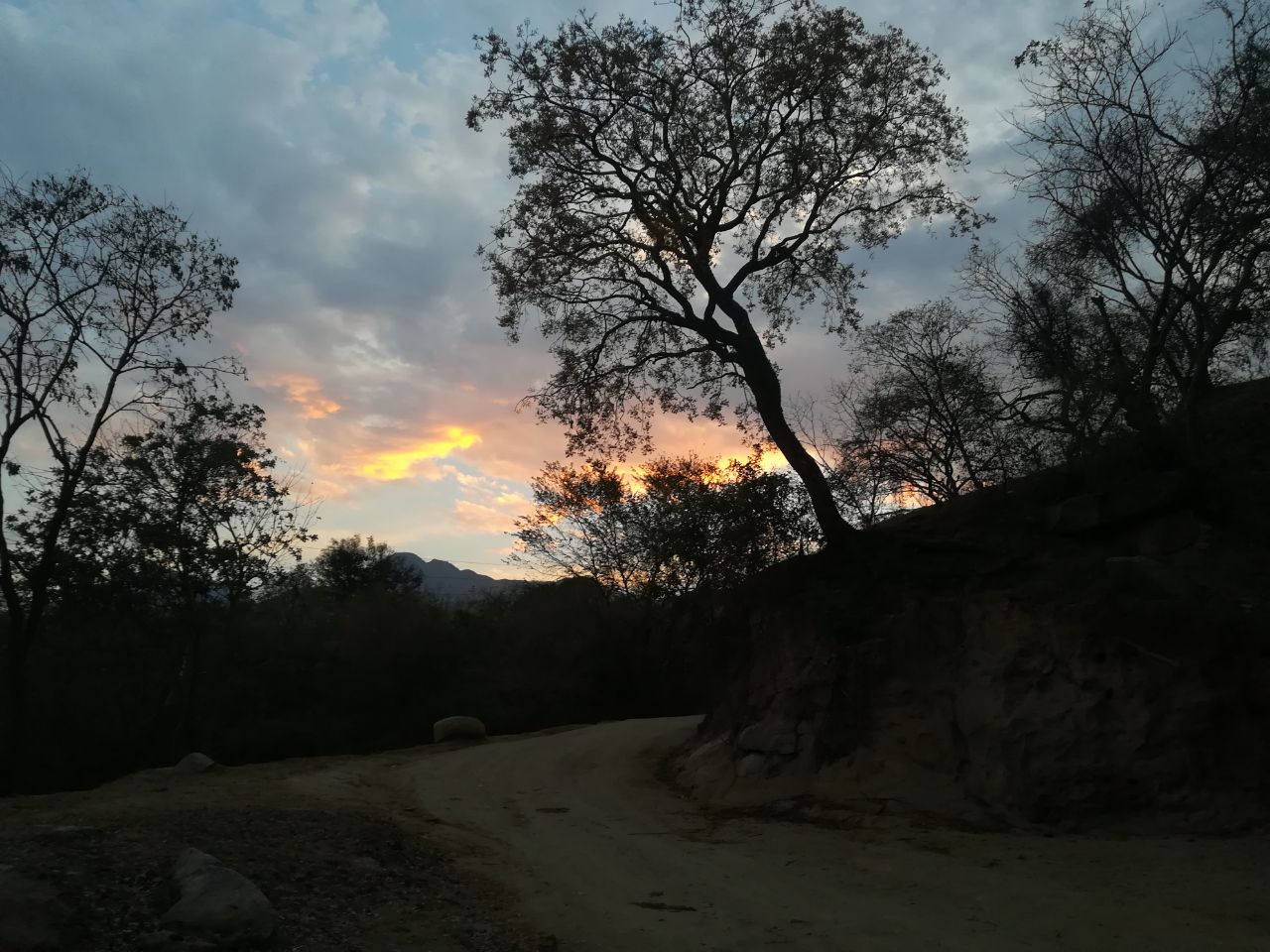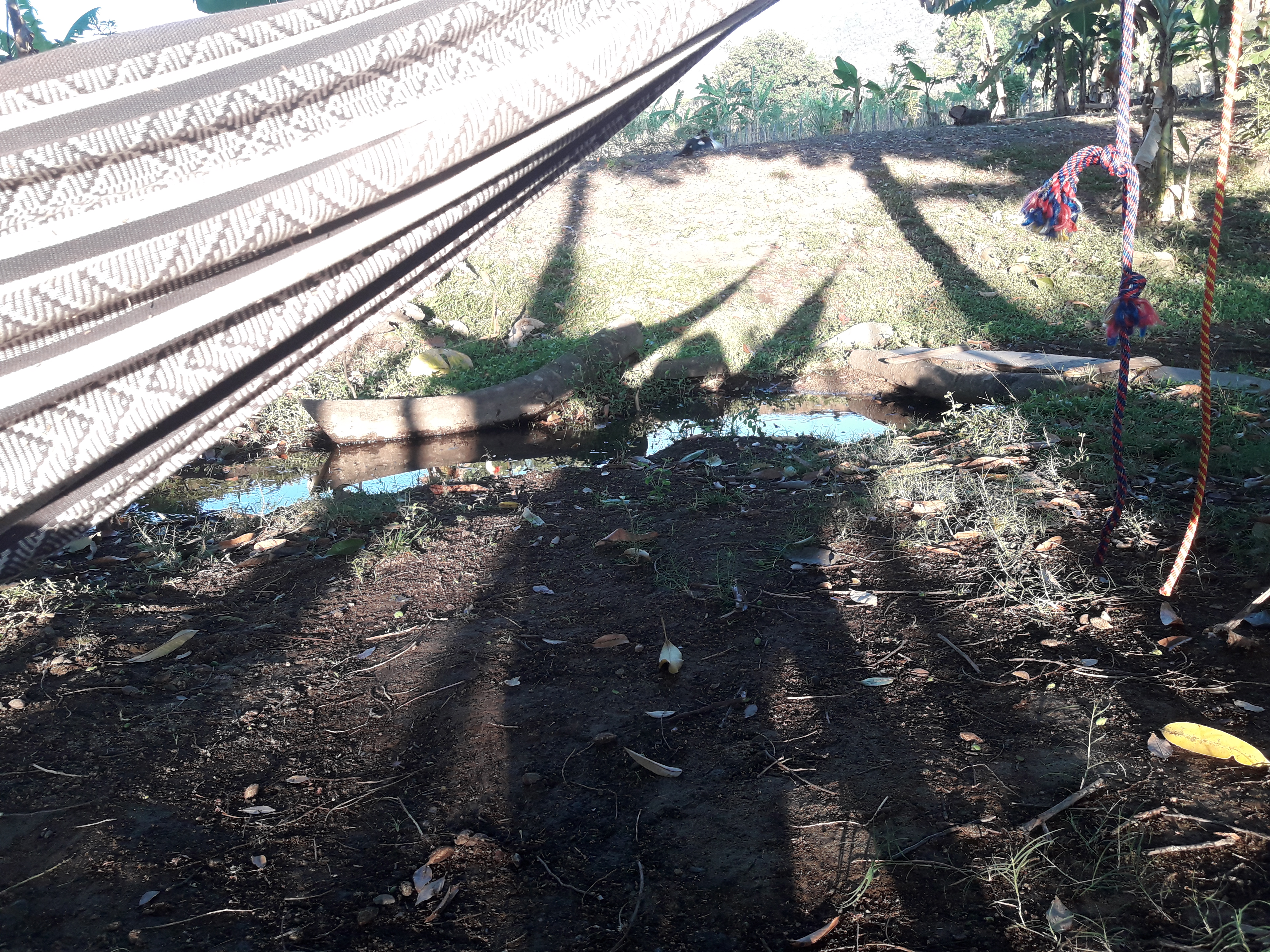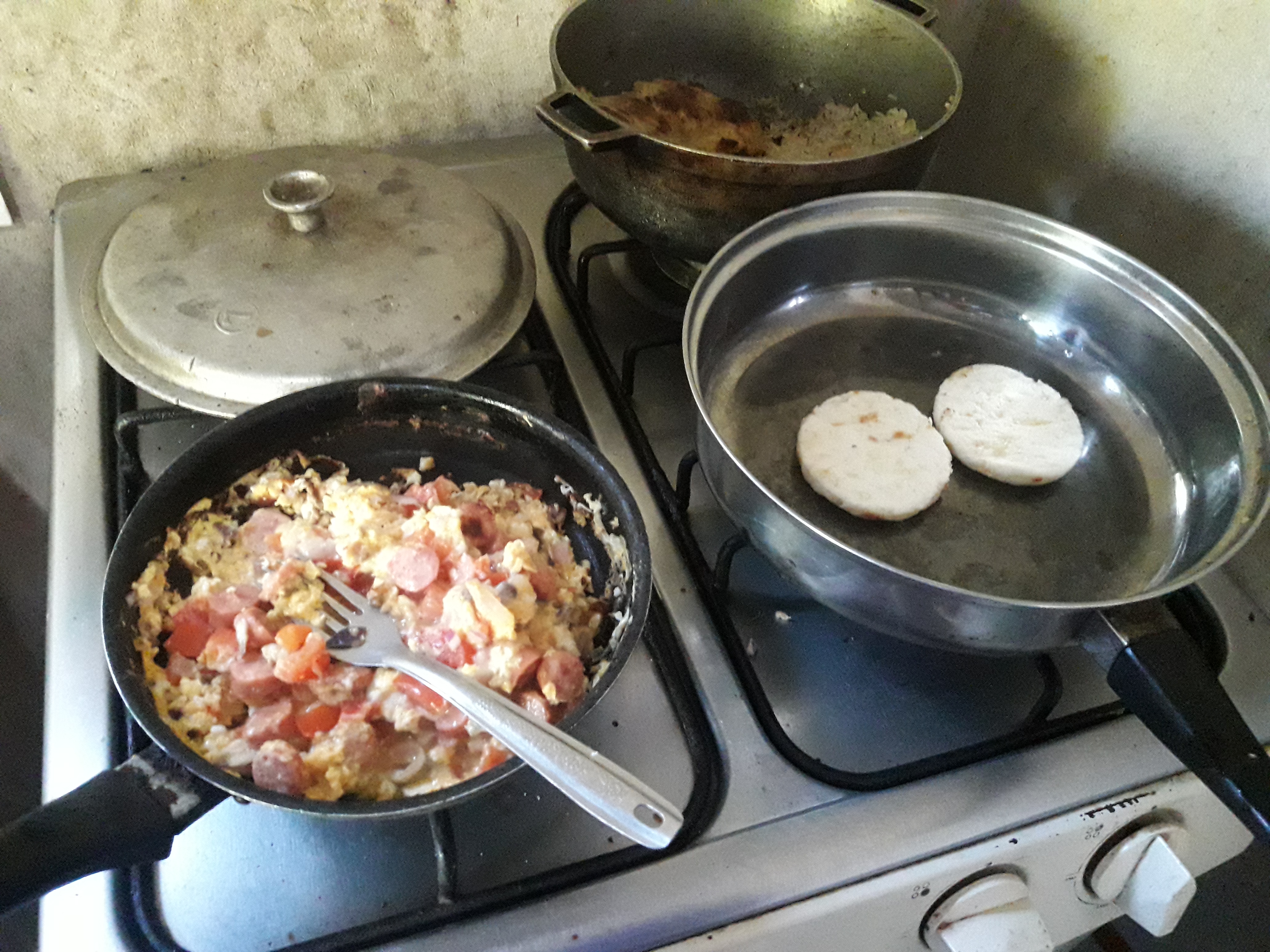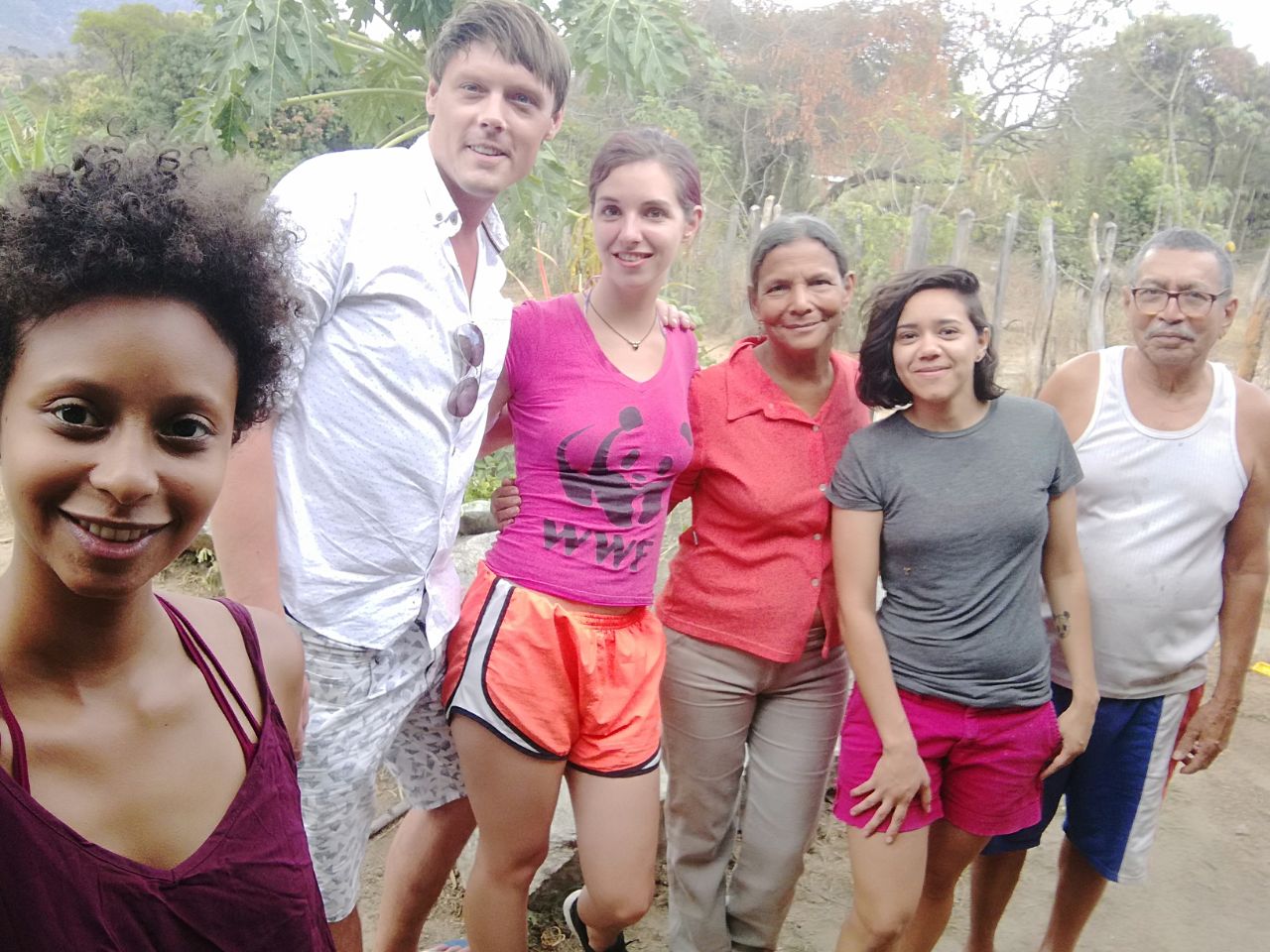
The heat has been suffocating in the “City of the Holy Kings.” Since yesterday, we’ve been under a perpetual veil of heavy clouds and humid heat. Last night, I thought for sure that the sky would finally break open and rain would wash the streets clean.
Instead, the heat and dimness continue. The only thing that washed the streets of Valledupar last night was the blood of civilians protesting. The explosion came, but not in the form of rain, thunder, or lightning. The tension caused by the chaos that seized the march and the detention of protestors is palpable and unrelenting.
Social media has given us the gift of reaching people from around the world in a matter of moments. Tears wet my cheeks as I read through and watch video after video of a horror that seems to have happened over night. If only. Imagine, if social media had existed in the 80’s when farms were actively being gassed or during the Segovia massacre of 1988. The past 30 years have been marked by the slaughter of union leaders, farmers, campesinos, indigenous people, sympathizers of certain political parties, and anyone with the gall to demand that their human rights be respected.
As someone that studied Latin American history and politics, I felt stirred by these facts and narratives having only been able to experience them dead on the page. I didn’t imagine that I might actually be in the middle of one of these historical and devastating moments. I didn’t realize just how sadly entrenched they are in the human experience of people living under oppression in communities all over the world.
There have been dozens of videos circulating of people running through the streets, tanks filling the city, teargas shrouding the air, the sound of weapons firing, children screaming as their anguished faces are washed with milk, the cries for justice even as the police deny the right to protest, deny that they themselves are acting with cruel impunity. As they throw teargas bombs into buses full of civilians. As they gather around the people, non-binary, men, women, elderly, children, and grab them, threaten them, punch them, force them into corners, and carry them off on motorcycles.
I’ve always wondered about these ESMAD characters. They’re supposed to be brave defenders of the public. An anti-riot branch of the Colombian police force. They’re supposed to be these pillars of justice that go to protests to dissuade violence and looting. In fact, it’s ironic to see them in their heavy armor carrying their huge weapons as they tower over and surround – unarmed young people that look defenseless by comparison – and incite violence. And we are supposed to believe they are protecting the community from the protestors they mercilessly intimidate?
Everyone I know is against this tax reform and supporting the constitutional rights of Colombians to protest. Except, astonishingly, for the members of the military I’ve met. According to statistics circulating, around 80% of the Colombian population are against the tax overhaul reform that’s supposed to respond to the economic crisis the country is facing. How does it propose to solve the crisis? By taxing and subsidizing. The main issue that people are expressing with this method is that the crisis being faced in Colombia – unemployment, increasing poverty, a poor and slowly executed vaccination process – is not going to be fixed by raising taxes and adding new ones. True, part of the taxing would only apply to the wealthier sectors of society, but it would also include the struggling middle class or middle class-aspiring sector.
And all to be able to provide an 80.000 pesos (that’s only around $22 USD!) monthly subsidy for people living in extreme poverty. What will that do? Oh, so much if you ask the richest sector of Colombian society who perhaps could afford to do just a little bit more. But that would require that money stop being stolen from public works budgets, equally inflated in importance but never producing the promised result.
People are skeptical. People are scared. Who could possibly blame them, when the stakes are this high and everything they’ve experienced from the authorities so far has resulted in lies and more lies.
And now, to top it off, it takes marches for the president to call for a “reworking” of the reform. It takes the documenting of at least 21 murders by the military and the police, 940 cases of police brutality, 672 arbitrary arrests of civilians, and 4 victims of sexual violence (that we know of) for people to take notice of what has been a history soaked in blood. That’s why, in solidarity, as a sign of resistance, Colombians use the flag as their icon, upside down, placing the red blood of the patriots who fought for freedom at the top.
As an expat living in Colombia I’ve learned that even though I may never understand what it’s like to have grown up in extreme poverty, living on $100 or less a month working every day of the year with zero paid vacation time, in a country in civil war where tanks and fully armed soldiers can be seen patrolling the streets for no known reason except to “maintain order” – I stand. I stand with the people that are sick of living in fear.
Just as any US American should. This is just as much our fight. After all, our country funded all of this military equipment. Our country provided the resources to militarize the police force. Our country supported the “paraco hpta” of Uribe as it has countless right-wing military dictators. Our country benefited by keeping so many countries impoverished and suppressed.
And now? We’re finally starting realize that these actions and choices have consequences. Allowing corruption to exist in other places to benefit businesses in “first world” countries is like setting your house on fire to warm your own room during the winter. Now, the countries that have dealt with the brunt of colonization and foreign intervention and neo-liberalism have governments corrupted at every level, and this corruption leads to the same economic crisis happening in Colombia. And with a global pandemic? Full hospitals, under-paid medical workers, non-existent relief packages, non-existent state aid for the nearly 40% of the population living below the poverty line, and a population in which only 1 859 657 out of 51,321,307 people have been vaccinated so far.* And the list goes on and on…
Yet the conversation remains divided along economic lines. Just like in the US, here we have people feebly and some even passionately decrying vandalism and chiding those brave enough to protest. In spite of the fact that the protestors have stopped and even prevented and returned looted goods, there is always a portion of the population which demonizes all protestors as criminals who want the government to “give them everything.”
No, not everything. Just the human right to a life of dignity. Just a transparent government with a clear record on its budgets and military maneuvers. A stand against corruption. The right to demonstrate. The right to a future where children cannot be killed and gassed by the police and face zero consequences.
I know. It’s overwhelming. So much is happening in the world right now. And then there’s this. But these are just the consequences of history. If we don’t learn our history and see how we are all connected by it, we will never escape the domino effect we’ve been locked into. We are all facing one global struggle. If we cannot come together, if we cannot care about our neighbors, then we’re screwing ourselves over just as much.
While all of this is going on, I’m teaching classes online from my apartment in Valledupar. I’m living my dream life, and yet nothing could feel more upsetting and wrong.
To relieve some stress, I order a snack. I walk down the stairs out to meet the delivery man. He’s lost, and for a good reason. My apartment building has gone ghostly silent. All of the corridors are dark. I haven’t been outside today, but if what I’ve been watching online is any indicator, the sense of abandonment and fearfulness is real. Just the other day, Uribe posted on his twitter condoning the use of violence and force to suppress protestors out of “self-defense” against “terrorism.” With leaders like this with all of their shady, violent histories and absent morals, yet somehow untouched by international authorities – it’s easy for me to comprehend this silence. Plus, my apartment is somewhat removed from the heart of the city. But I can imagine that the silence there is just as heavy. Silence like a paperweight, a reminder of what’s happened and what’s to come.
I sense that this is only the calm in the eye of the storm. Many have posted warning against false fliers calling for protestors to meet tonight. They say this is a tactic that is used to round up the protestors and slaughter them all at once. Protesting will resume tomorrow, though, and I plan to be there.
This might not be my fight, but I am here and I will be there in spirit and in body to make sure that I can be some part of the change I have been dreaming about seeing in the world. As so many have said before me, including the current president of the United States: “Our silence is complicity.” And I refuse to choose silence.
Our power is in our voices, our platforms, our identities. Do not underestimate your power and ability to fight injustice.
*Meanwhile, in the US over 105 million people have already been vaccinated; Colombia continues to be in its “2nd phase” in which only medical workers and people between 60-79 years old are eligible to be vaccinated. Global inequality is real.

Some useful sources:
covid-19-data/Colombia.csv at master · owid/covid-19-data · GitHub
Vacunación contra la COVID-19 en Colombia – Wikipedia, la enciclopedia libre
Reforma tributaria 2021: esto es lo que deben saber los colombianos – El Espectador – YouTube
In Colombia, 19 Are Killed in Pandemic-Related Protests – The New York Times (nytimes.com)
Petition to involve the UN:
